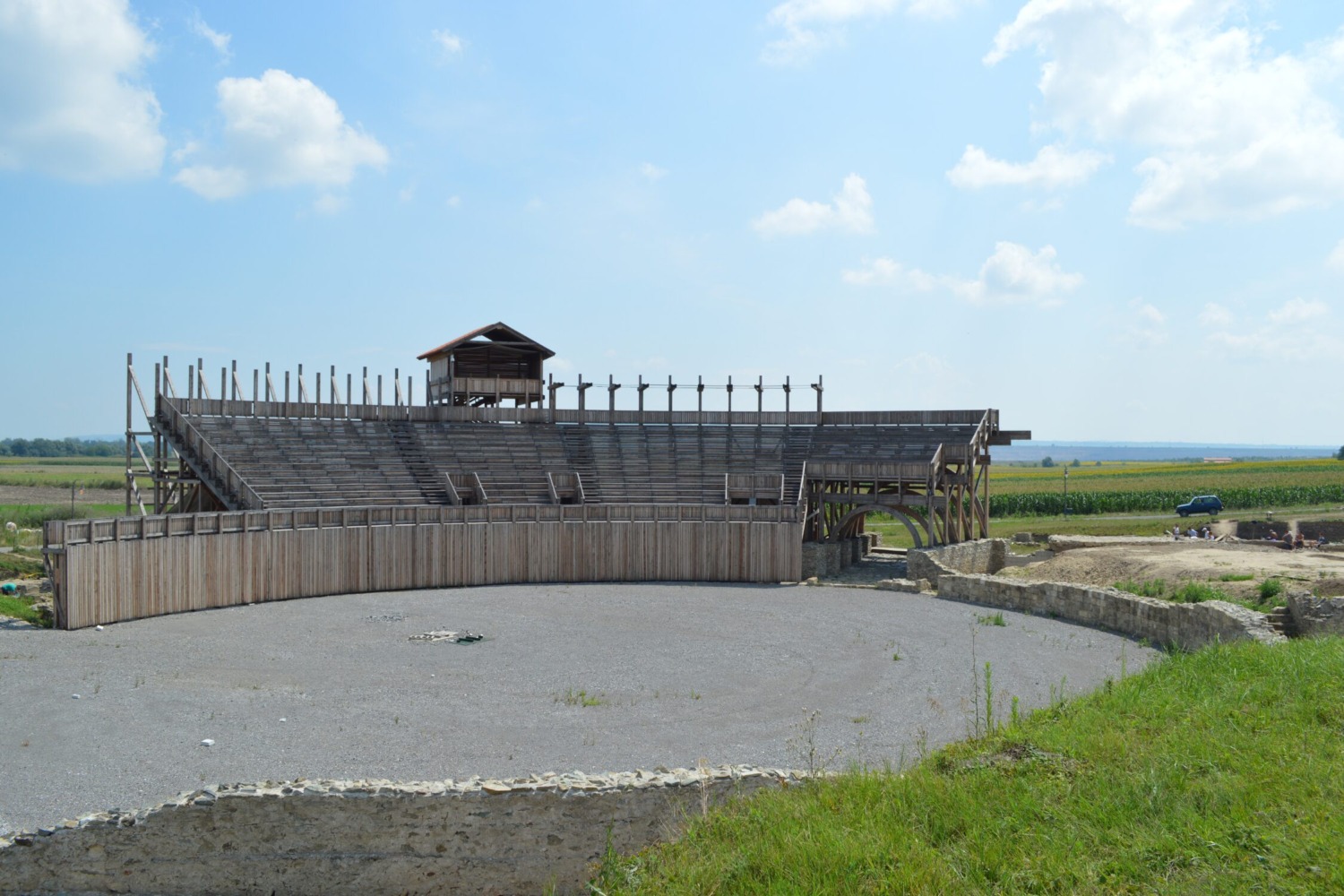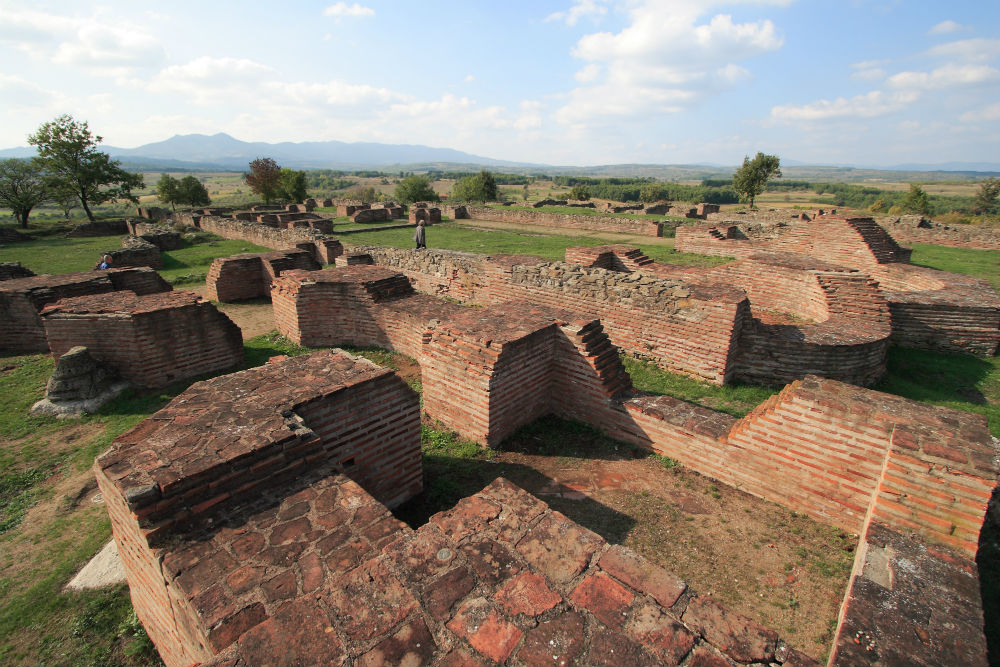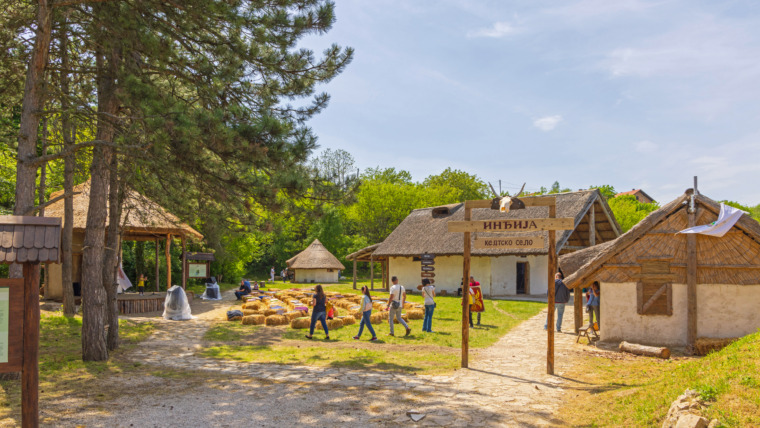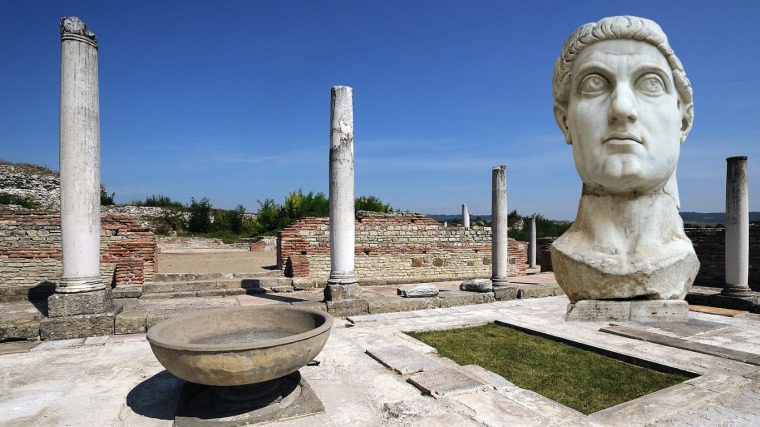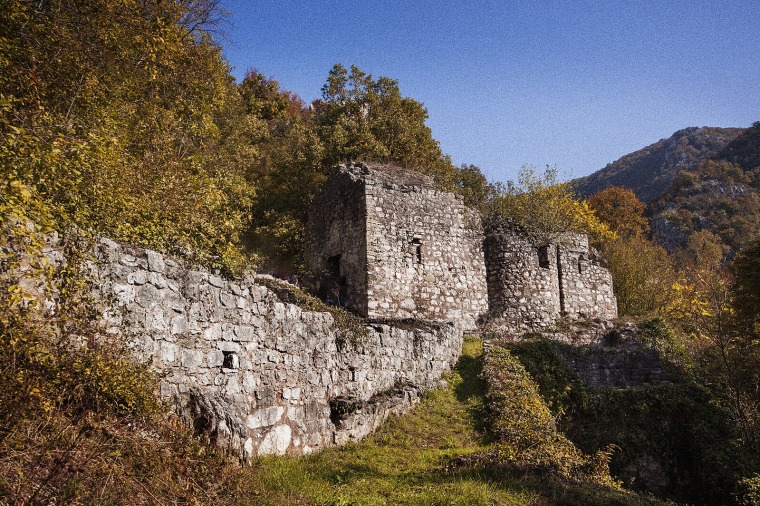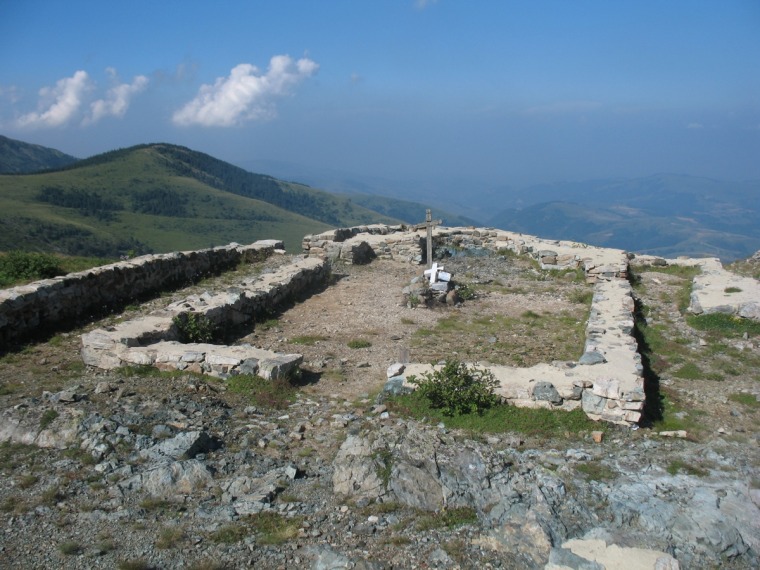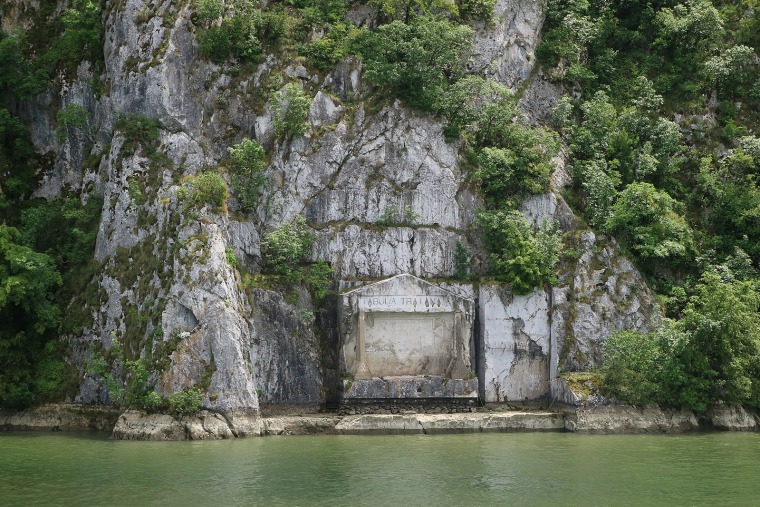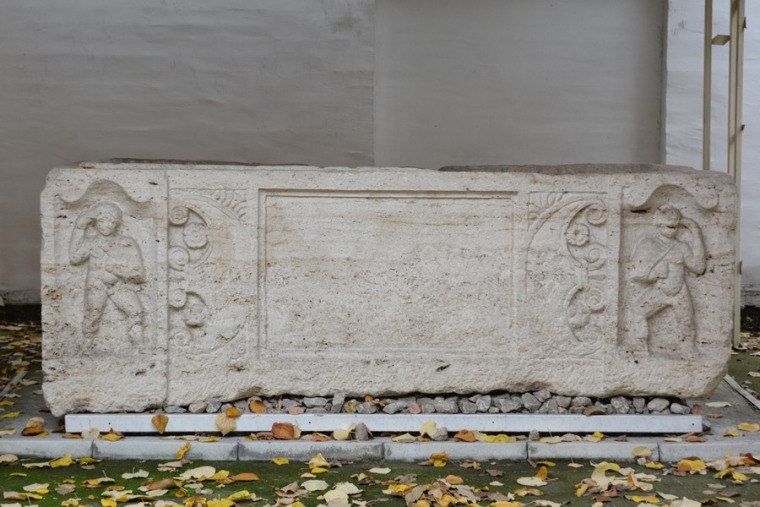Located near the present-day town of Kostolac in eastern Serbia, Viminacium was once a flourishing Roman city and military camp. As one of the most significant archaeological sites in Serbia, Viminacium offers a glimpse into the grandeur and complexity of life during the Roman Empire. This ancient city, which served as the capital of the Roman province Moesia Superior, played a vital role in the Roman defense and administration of the Balkans. Today, it stands as a testament to Roman engineering, architecture, and culture, attracting historians and tourists from all over the world.
The Historical Significance of Viminacium
Viminacium was founded in the 1st century AD as a Roman military camp (castrum), strategically positioned near the confluence of the Danube and Morava rivers. Its location was critical for defending the northern borders of the Roman Empire against barbarian invasions. Over time, Viminacium grew into a major city, becoming the capital of Moesia Superior by the 3rd century AD.
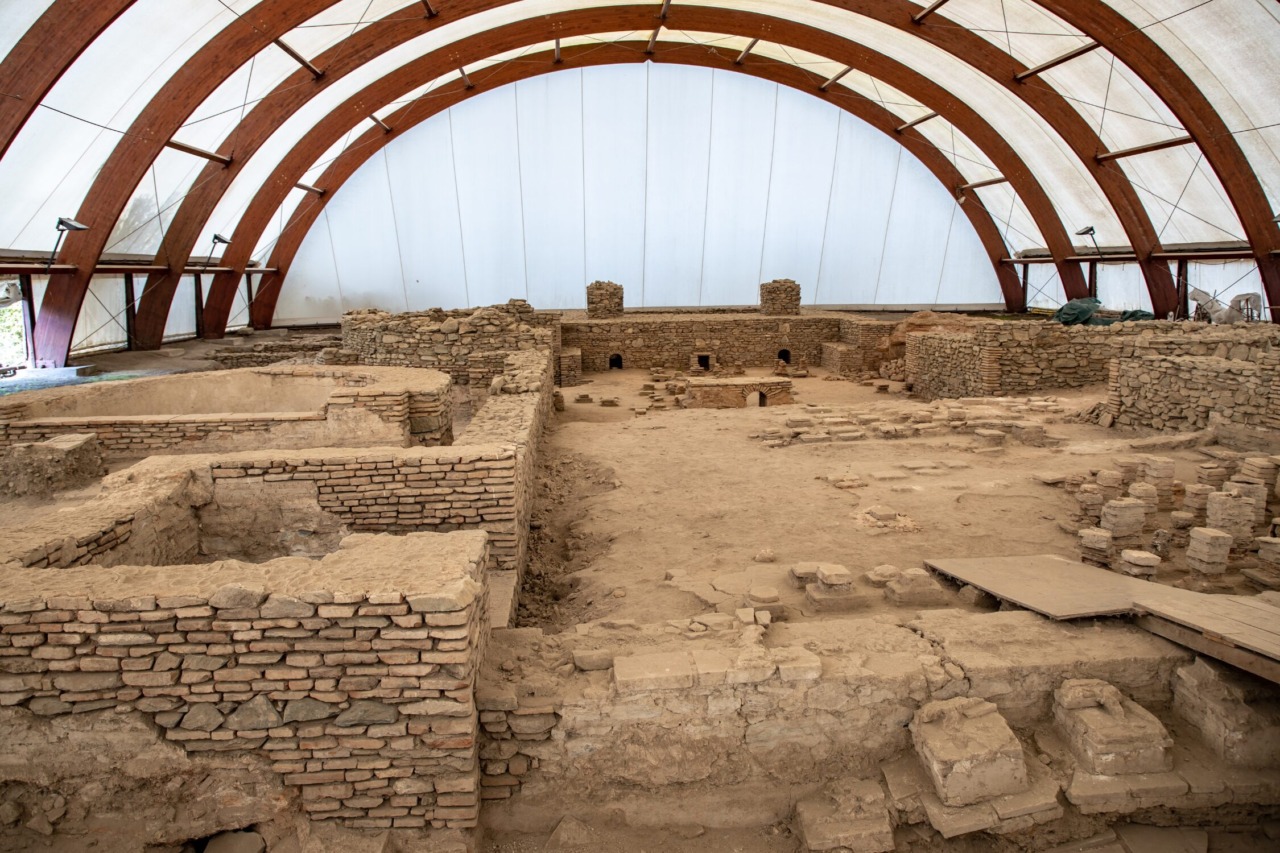
At its peak, Viminacium had an estimated population of around 30,000-40,000 people. It was a vibrant urban center with temples, a forum, baths, amphitheaters, and luxurious homes. The city also served as a key trade and transportation hub, thanks to its proximity to the Danube River, which was a major commercial route during the Roman period.
Viminacium’s significance extended beyond its military role; it became an important cultural and administrative center as well. Several Roman emperors, including Trajan, Septimius Severus, and Constantine the Great, either visited or took interest in the city. Its strategic and cultural importance made it one of the key cities in the Balkans during the Roman era.
Archaeological Discoveries
The rediscovery of Viminacium began in the 18th century, but systematic excavations started in the late 19th and 20th centuries. The site has since yielded numerous artifacts and structures that reveal a highly developed urban environment. Some of the most notable discoveries include:
- The Amphitheater: Viminacium had its own amphitheater, which could seat thousands of spectators. This structure was used for gladiatorial games, public spectacles, and possibly military ceremonies.
- Roman Baths: The remnants of Roman baths (thermae) indicate the sophisticated lifestyle of the inhabitants. These baths were not only places for hygiene but also social hubs where citizens gathered to relax and discuss politics, trade, or culture.
- Necropolis: One of the most extensive necropolises in the Roman world has been uncovered in Viminacium. Numerous tombs and graves, some with elaborate frescoes and inscriptions, provide insight into the burial practices and beliefs of the Roman population. These finds also give a glimpse of the social stratification, as both rich and modest graves have been unearthed.
- Mosaics and Frescoes: Excavations have revealed vibrant mosaics and frescoes that once adorned the public buildings and homes of Viminacium. These artworks depict scenes from Roman mythology, daily life, and religious practices, offering a window into the aesthetic and spiritual lives of the city’s inhabitants.
- Military Artifacts: Given its origin as a military camp, Viminacium has yielded a wealth of military artifacts, including weapons, armor, and inscriptions commemorating Roman legions that were stationed there.
Viminacium’s Decline and Fall
Viminacium reached its zenith in the 3rd and 4th centuries, but like many other Roman cities, it suffered from repeated invasions. In the mid-5th century, the Huns, under Attila, sacked and destroyed the city.
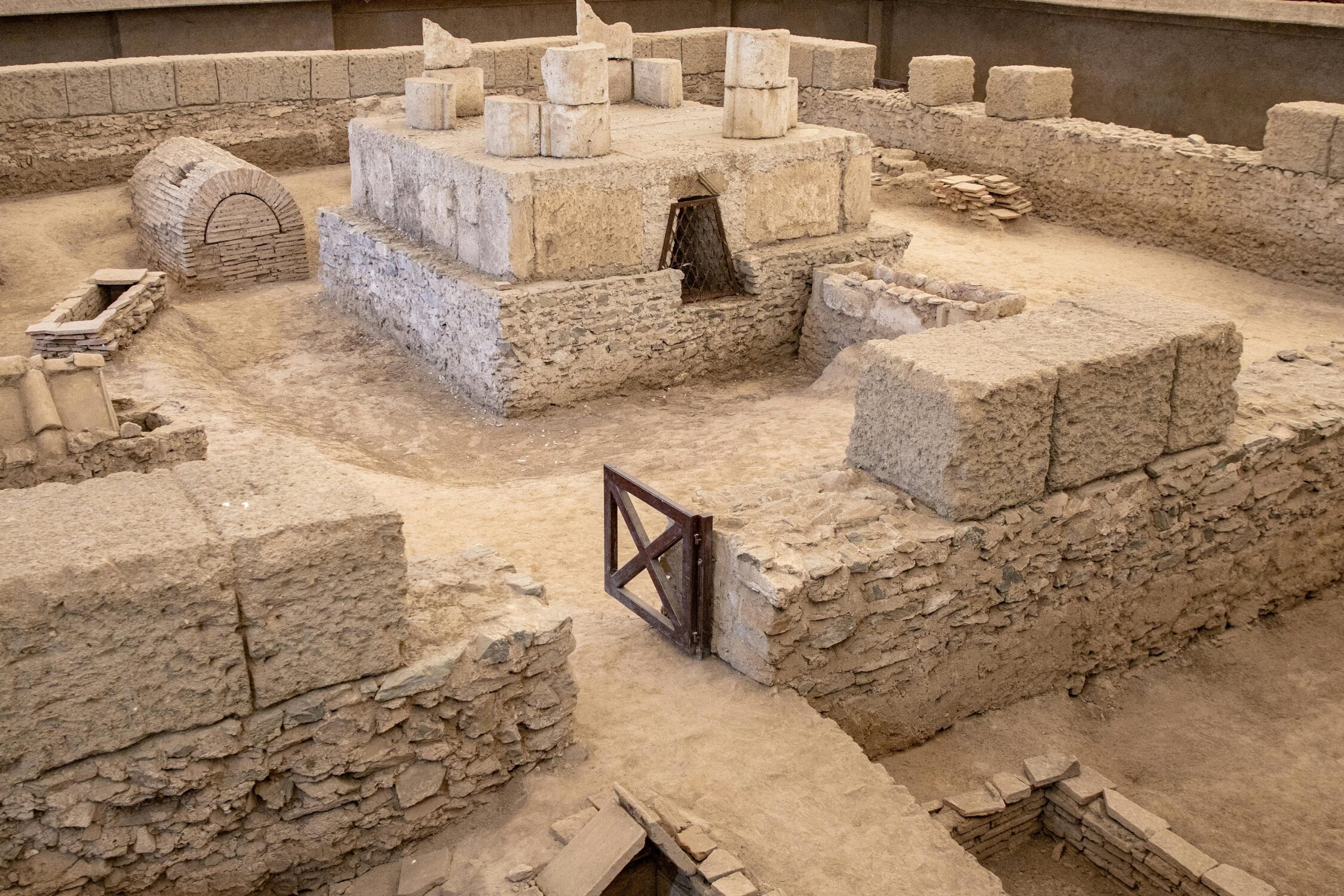
Although it was briefly rebuilt under Byzantine Emperor Justinian I in the 6th century, Viminacium never regained its former glory. By the 7th century, it had been largely abandoned as Slavic tribes moved into the region, and the city gradually faded from history.
Mamut Park: A Prehistoric Addition to Viminacium
In addition to its Roman legacy, Viminacium has recently gained another fascinating attraction—Mamut Park, a site where the remains of mammoths were discovered. During archaeological excavations in the area, paleontologists uncovered the skeletons of several prehistoric mammoths that roamed the region tens of thousands of years ago. This unique find transformed Viminacium into not only an archaeological site of Roman significance but also a key paleontological site in Europe.
Mamut Park features a well-preserved mammoth skeleton named Vika, one of the oldest and largest specimens found in Serbia. Visitors to the park can see the impressive fossil remains and learn about the prehistoric era when mammoths dominated the landscape of what is now Serbia. The discovery adds a fascinating prehistoric dimension to Viminacium, drawing visitors interested in both ancient human history and the distant past of the region’s fauna.
The park offers educational tours and exhibitions, making it a family-friendly destination where archaeology meets paleontology. The integration of Roman history with prehistoric discoveries at Mamut Park makes Viminacium a truly unique cultural and historical site.
The Modern Revival of Viminacium
In recent decades, Viminacium has undergone a remarkable revival. It is now an open-air archaeological park, where visitors can explore reconstructed Roman buildings, such as parts of the amphitheater, the city walls, and the Roman baths. The Viminacium Archaeological Park offers guided tours, educational programs, and events that bring Roman history to life for modern visitors.
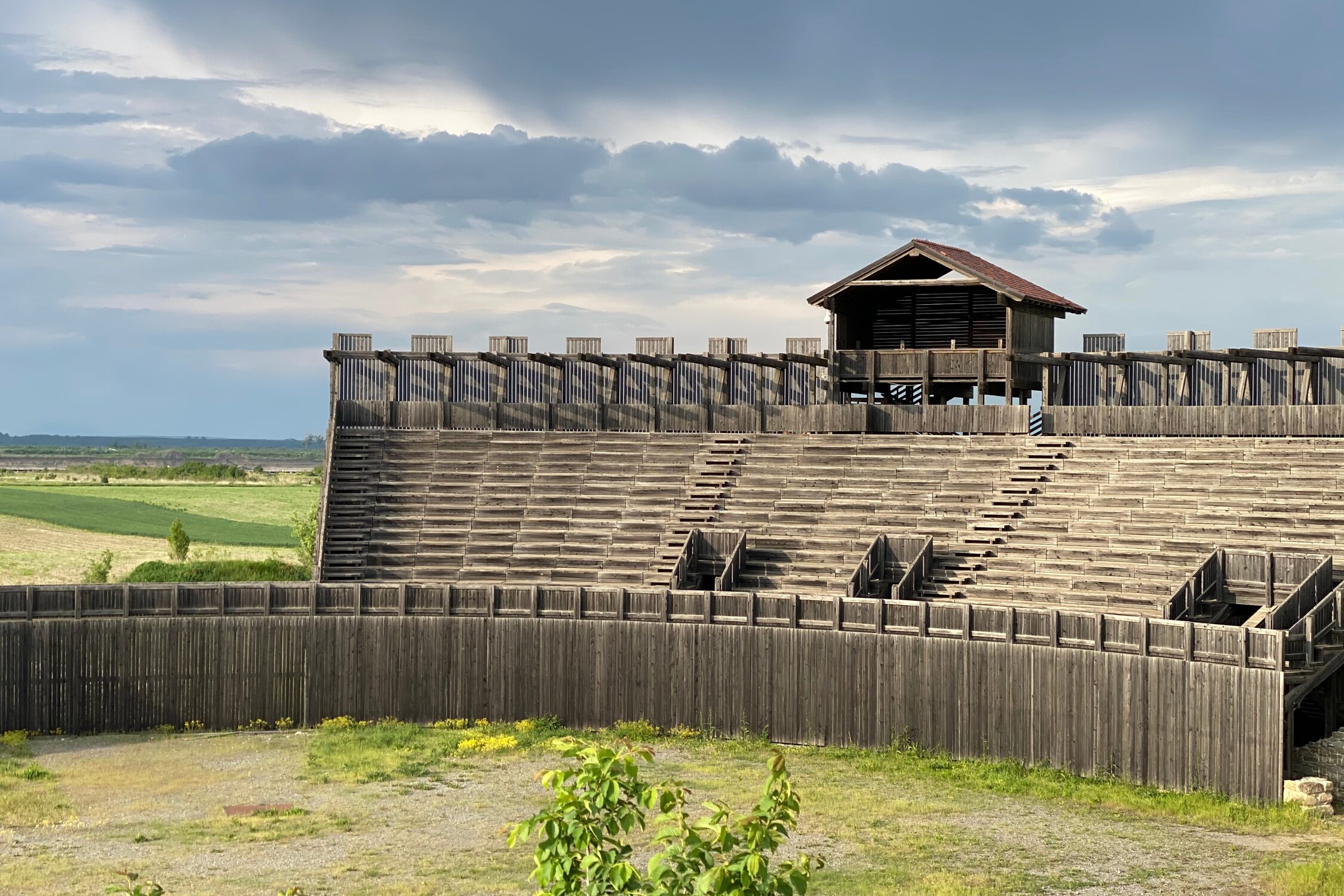
One of the most fascinating aspects of Viminacium’s modern excavation is the discovery of a well-preserved Roman mausoleum, which is believed to have housed the remains of a high-ranking official or member of the elite. The site has also yielded an array of coins, pottery, and sculptures, which are now housed in nearby museums.
In addition to its historical significance, Viminacium is also notable for its cutting-edge use of technology in archaeology. Digital reconstructions and virtual reality experiences allow visitors to envision what life in Viminacium might have looked like during its heyday. Furthermore, continuous excavation efforts mean that new discoveries are regularly being made, adding to our understanding of this ancient city.
Viminacium and Serbian Cultural Heritage
Viminacium is not only a treasure trove of Roman history but also a vital part of Serbian cultural heritage. The site has been recognized as a national archaeological monument, and efforts have been made to preserve and promote it as a tourist destination. Its historical significance places Serbia firmly on the map as a country with deep connections to the ancient world, and Viminacium serves as a bridge between Serbia’s Roman past and its modern cultural identity.
Conclusion
Viminacium is a striking example of Roman urban and military architecture in the Balkans, offering invaluable insights into the life and times of the Roman Empire in this region. As one of Serbia’s most important archaeological sites, Viminacium continues to captivate historians, archaeologists, and tourists alike. With the addition of Mamut Park, this ancient site now tells an even richer story, intertwining the legacies of both human civilization and prehistoric creatures.
Through ongoing excavations and modern conservation efforts, Viminacium remains a vital link to the past, reminding us of the grandeur and complexity of both the Roman world and the natural history of the region.
Featured photo: kulturizam.com

